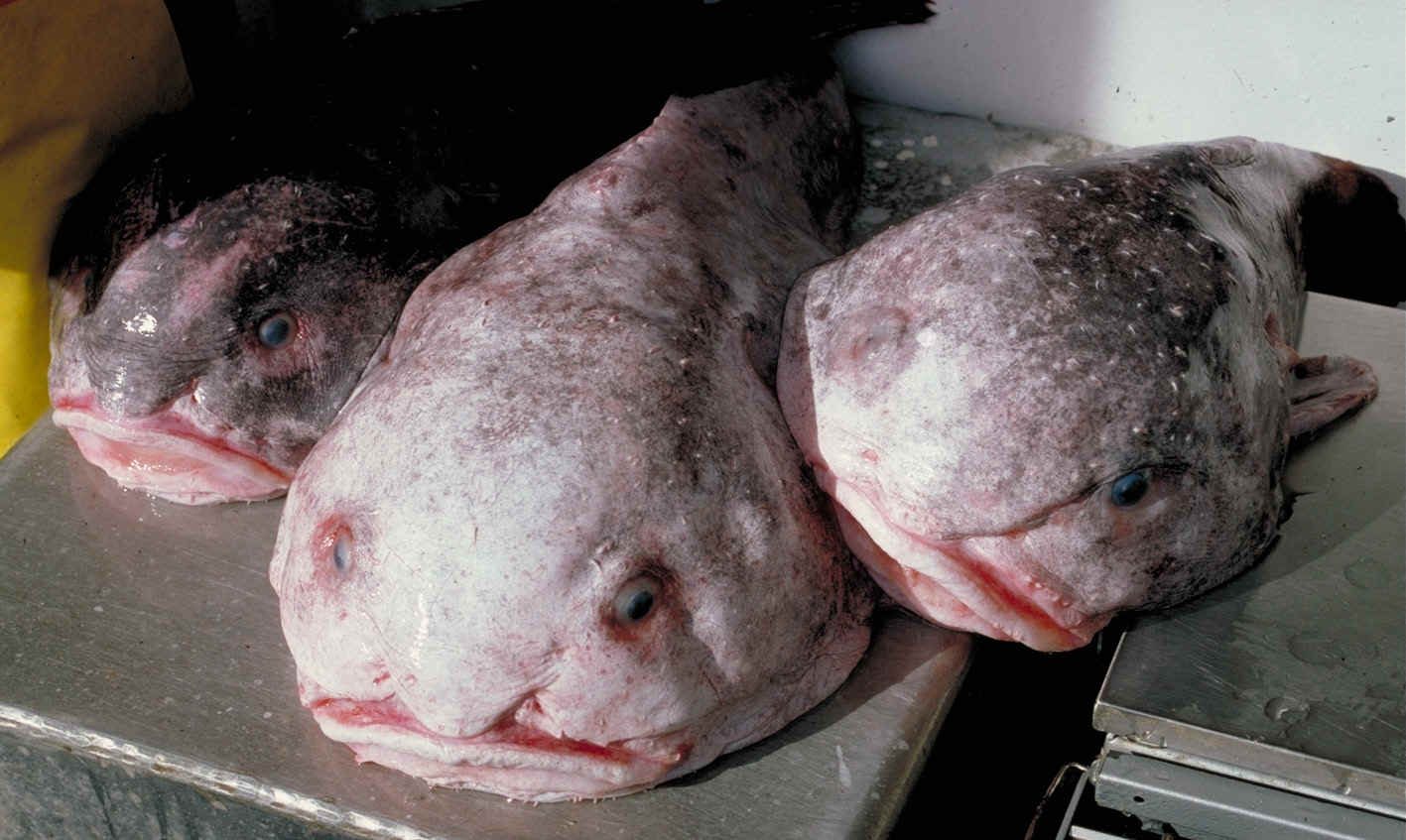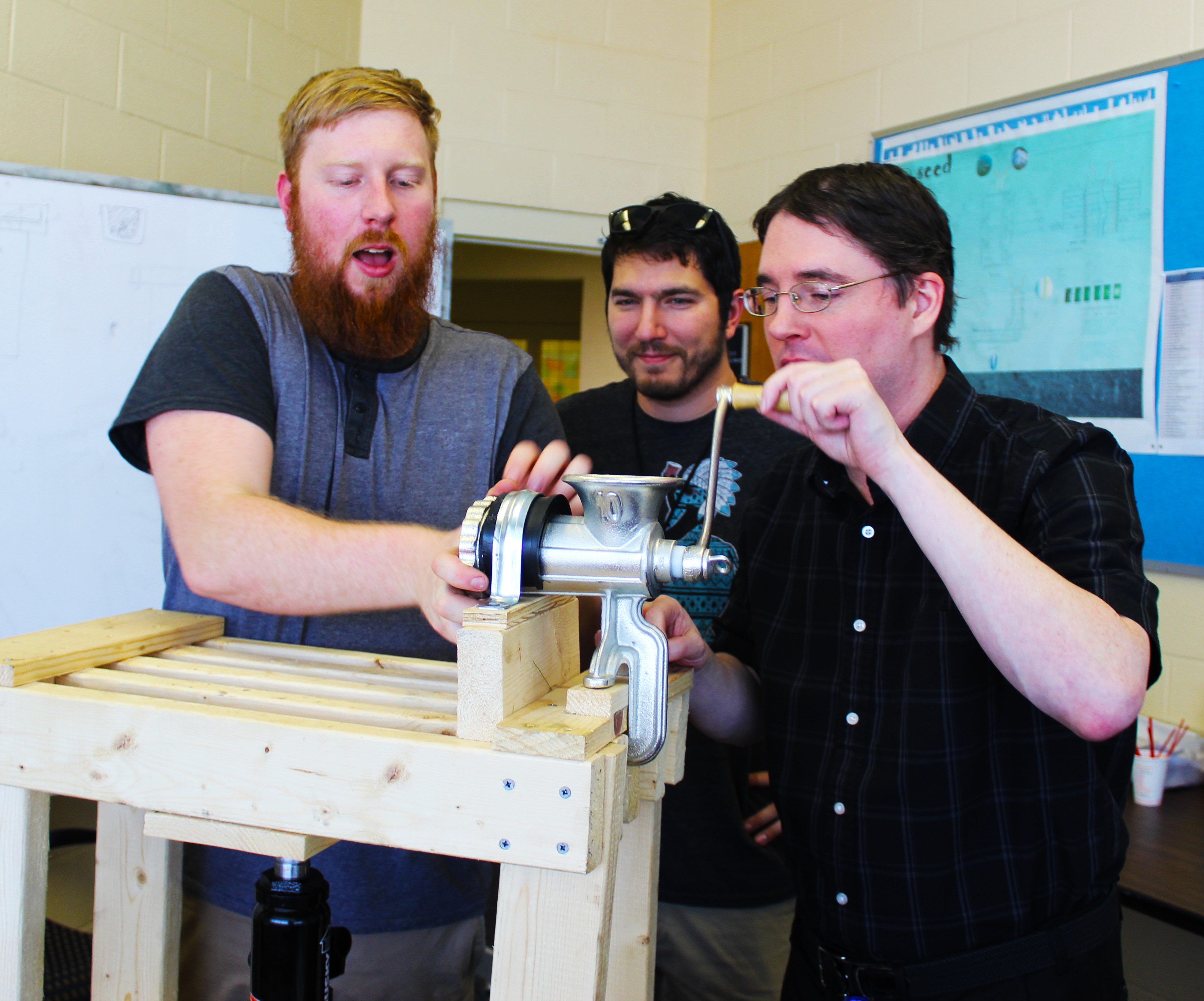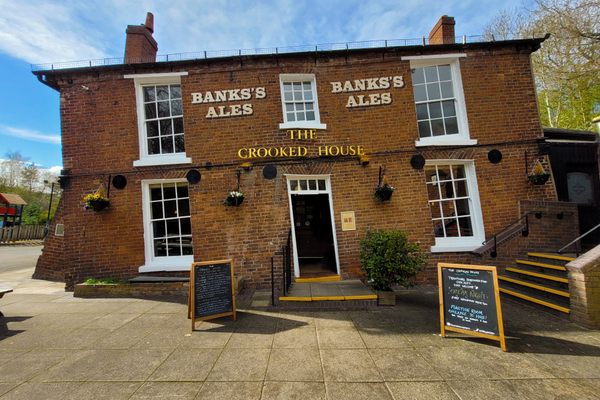This Engineer Is Preparing to Feed a World Without Sunlight
How do you feed eight billion people during a nuclear winter?

David Denkenberger wants to build a system to feed eight billion people in a world without sunlight. His inspiration: the humble mushroom. In 2011, Denkenberger was reading a scientific paper that suggested that after such a catastrophe, humans would die out, while mushrooms would thrive in the dark. According to Denkenberger, his reaction was, “Well, why don’t we just eat the mushrooms and not go extinct?”
A sunless future is more possible than you might think. The Bulletin of the Atomic Scientists calls the world’s current risk of nuclear war “urgent.” Massive supervolcano eruptions, though rare, have threatened life on earth before. In both scenarios, the biggest threat to human survival comes not from the original explosion, but from the resulting blanket of soot that would cover the earth, blocking all or most sunlight. Without the ability to engage in conventional agriculture, common wisdom holds, billions of people would starve. Yet according to Denkenberger’s estimates, with proper planning, technological development, and international cooperation, up to 80% of the world’s current population could survive in a world without sun.
To make this preparation a reality, Denkenberger, an engineer and assistant professor at the University of Alaska, Fairbanks, co-founded the Alliance to Feed the Earth in Disasters (ALLFED). Their focus on alternative food sources has led them to leaves and wood that would be left from dying forests, protein-rich single-cell bacteria that could be farmed in methane, and “weird” deep-ocean fish that would survive from nutrients in the water.

Some of the needed technologies already exist. New methods of producing biofuel turn inedible corn leaves into sugar, then use that sugar to make ethanol. But when resources are scarce, that sugar could be used for food. A factory in France is already extracting nutritious protein concentrate from otherwise-inedible green leaves at an industrial scale. (Decaying leaves would be a food source in many apocalyptic scenarios.) Other disaster-proof foods, such as protein-rich insects, have been part of traditional diets for millennia. Meanwhile, since sheep, cows, and goats can eat dead grass and leaves that humans can’t, meat and dairy would remain part of our diet in nuclear winter, says Denkenberger.
Technology alone won’t save us if society breaks down and violence reigns. With the exception of food stocks that would only last a few months, Denkenberger says, countries currently have no official plans for surviving a disaster of this scale. Absent this framework, Denkenberger fears a massive disaster would likely result in bloody conflict, as countries battle over scarce resources. That’s why ALLFED is lobbying countries to invest in alternative food research and create official protocols for addressing these extreme conditions now. While some policymakers have dismissed ALLFED’s mission in favor of a focus on present-day food insecurity, says Denkenberger, several university groups have gotten on board.

This post-apocalyptic food shouldn’t just be hardy—it should also taste good. “We’re interested in how to make these alternate foods appealing to people,” Denkenberger says. He’s personally sampled several of the foods in ALLFED’s arsenal, including insects and spirulina, a single-cell organism similar to the protein-rich bacteria ALLFED proposes to grow. So how will the sunless bacterial superfoods of the future taste? “Kind of like spinach,” Denkenberger says.
Gastro Obscura covers the world’s most wondrous food and drink.
Sign up for our regular newsletter.





































Follow us on Twitter to get the latest on the world's hidden wonders.
Like us on Facebook to get the latest on the world's hidden wonders.
Follow us on Twitter Like us on Facebook